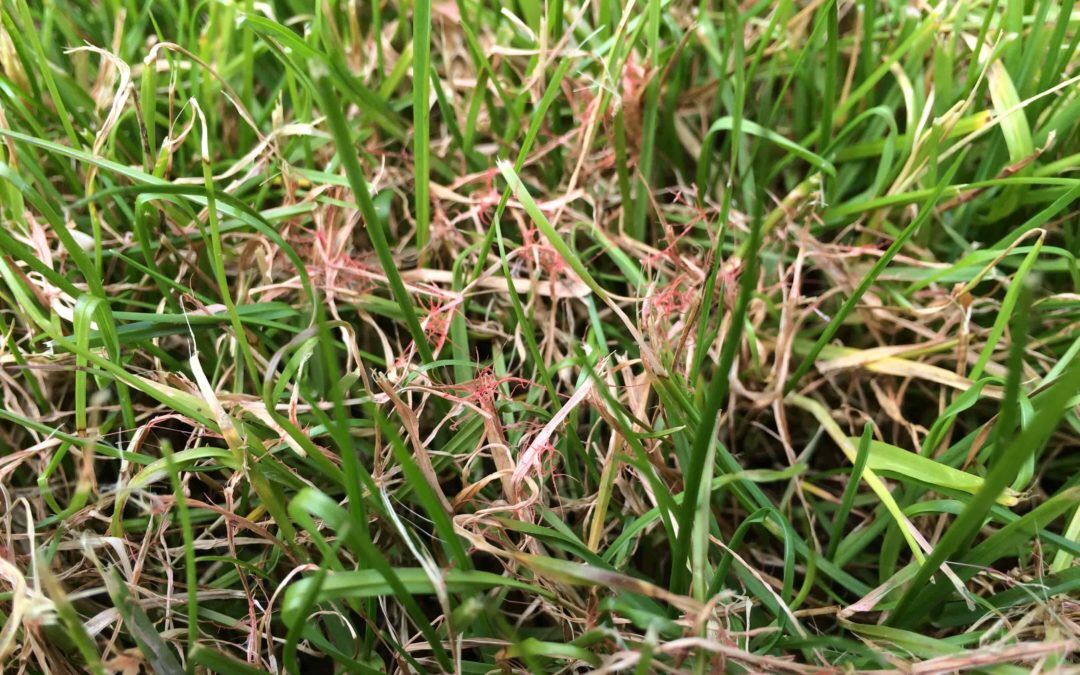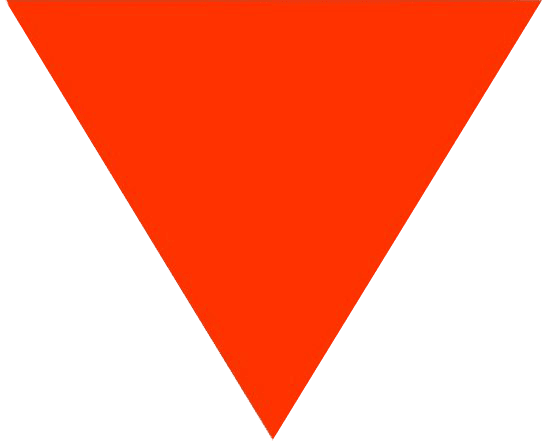If you are noticing Red Thread on your lawn, you are not alone. Red thread is back with a vengeance and we plan to help you as best we can!
With red thread being the most common lawn disease it is not unlikely your lawn will suffer from it at some point. Red thread thrives in wet and warm conditions, which is what is occurring across the UK at the moment (typically May-June time) and can affect a large or small area of your lawn.
The strength of your lawn and its various grass types can be the deciding factor on whether or not your lawn will be infected. Lawns grown on soil with low nutrients are typically affected quite drastically and even some of the modern grass species are less resistant.
Whilst the way we manage our lawn can include using fungicides to help get rid of the disease, it will only do so for a limited period of time. We advise that you aim for prevention over a long period of time to reduce the risk of multiple attacks on your lawn, rather than a short term cure.
In the video below we have our Managing Director Jim Hewlett going over the impact of Red Thread:
Here are a few ways to help your lawn resist Red Thread
- Check your soil conditions – Grass will struggle to grow in poor soil so will, in turn, have a weak root structure.
- Compaction –Try to aerate your lawn when possible, to help relieve compaction and to create an environment where natural bacteria in the soil can be beneficial. A compacted lawn will lead to waterlogging which is very inviting for diseases like Red Thread.
- Thatch control – Some thatch (up to half an inch) will help to prevent Red Thread, but too much will cause problems and scarifying will be necessary to remove it.
- The Right Nutrients– A good balance of nutrients is key to keeping your lawn healthy and less likely to become infected with Red Thread.
- Harden the grass – Iron treatments during the autumn, winter and spring not only control moss but will harden the grass and make it less susceptible to Red Thread.
- Blunt Mower – A blunt or badly adjusted mower blade will bruise your grass, remove chlorophyll from the leaf and leave it prone to attack.



